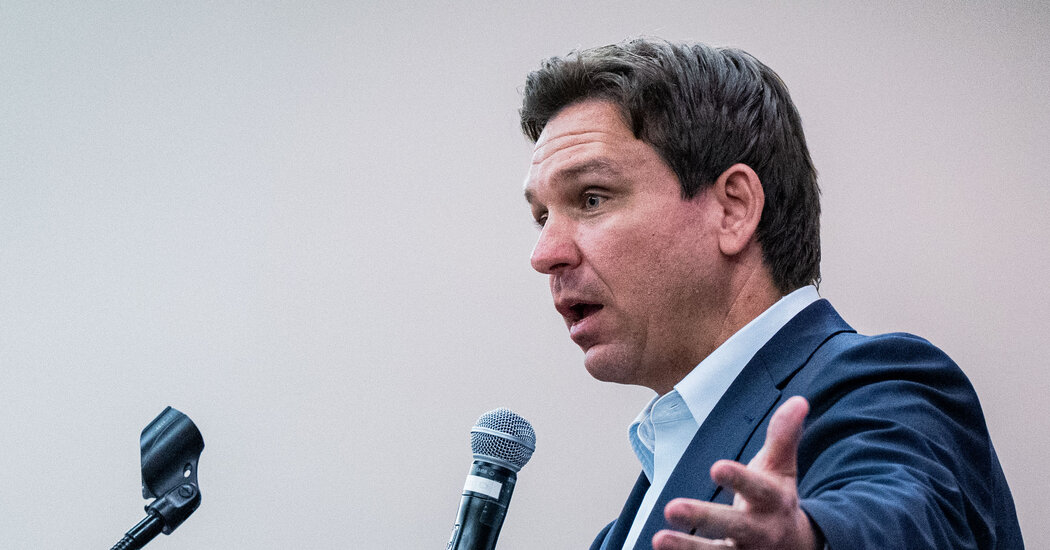Gas Prices Have Crept Higher This Summer, a Challenge for the Fed
Your eyes are not deceiving you: Gas prices are rising yet again. On Wednesday, the national average for unleaded gasoline was $3.88 per gallon, according to AAA, the highest level since October.
That’s far below its peak in June 2022, when the average briefly ticked over $5 a gallon after Russia’s invasion of Ukraine crimped global oil supplies and sent fuel costs skyrocketing. But it’s still much higher than historical averages, even for summer, when prices tend to rise.
It has been a slow but steady increase. The price of a gallon of gas has risen around 20 percent since the start of the year and more than 8 percent since June 1, according to AAA. After Russia’s invasion of Ukraine in February, by comparison, gas prices soared more than 40 percent in less than four months.
High gas prices are a headache for elected officials and consumers, particularly less affluent Americans, and they present a challenge for policymakers at the Federal Reserve, who have sought to rein in rapid inflation over the past 18 months.
Here’s what you need to know about what’s causing the recent spike at the pump and where gas prices could go next.
What’s causing the increase?
Gas prices are primarily influenced by the price of oil on commodity markets, which means they can be affected by a variety of factors, including geopolitics, the weather and the mood of financial investors.
Those crude oil prices have jumped in recent months. Since June 1, the American crude benchmark, West Texas Intermediate, has climbed nearly 30 percent.
One reason is that Saudi Arabia and Russia have cut production through the end of 2023. Another is that despite China’s economic downturn, it has continued importing oil at a high rate to mitigate geopolitical risks and shore up its manufacturing and transportation industries, said Clay Seigle, director of global oil services at Rapidan Energy Group.
The unusually hot summer in the Northern Hemisphere also contributed. The heat led to reduced production capacity at refineries, said Aakash Doshi, head of commodities in the North America division at Citi Research.
And the Strategic Petroleum Reserve — which President Biden has tapped to help drive down oil and gas prices — is historically low. The government has delayed restocking the reserve because of high prices and is unlikely to do so until prices fall from where they are now.
Prices might be coming down, though.
In most states, the fall brings with it a switch to a cheaper blend of gasoline containing more butane. Gas prices also tend to drop during the fall as demand retreats after peak driving season.
Global economic growth is also projected to slow in 2024, which means there will be less demand for oil, pushing gas prices back down, Mr. Doshi said.
The production cuts from Saudi Arabia and Russia may not continue into the new year, some analysts say, potentially removing another pressure point.
The cuts, which drove prices up by restricting supply, have already been lucrative for the world’s major oil producers, known collectively as OPEC Plus. That means, Mr. Seigle said, that there isn’t much need for the oil producers to extend the cuts for a prolonged period, which could lead to excessive energy price inflation and depressed consumption.
“They should be looking at today’s oil market through the lens of ‘mission accomplished,’” Mr. Seigle said.


